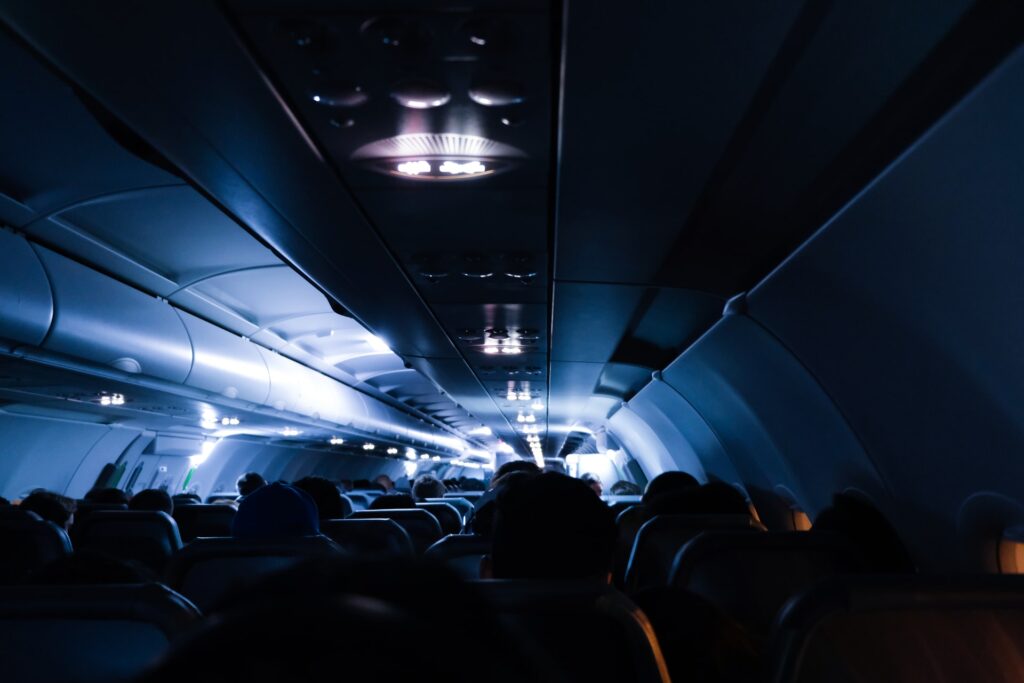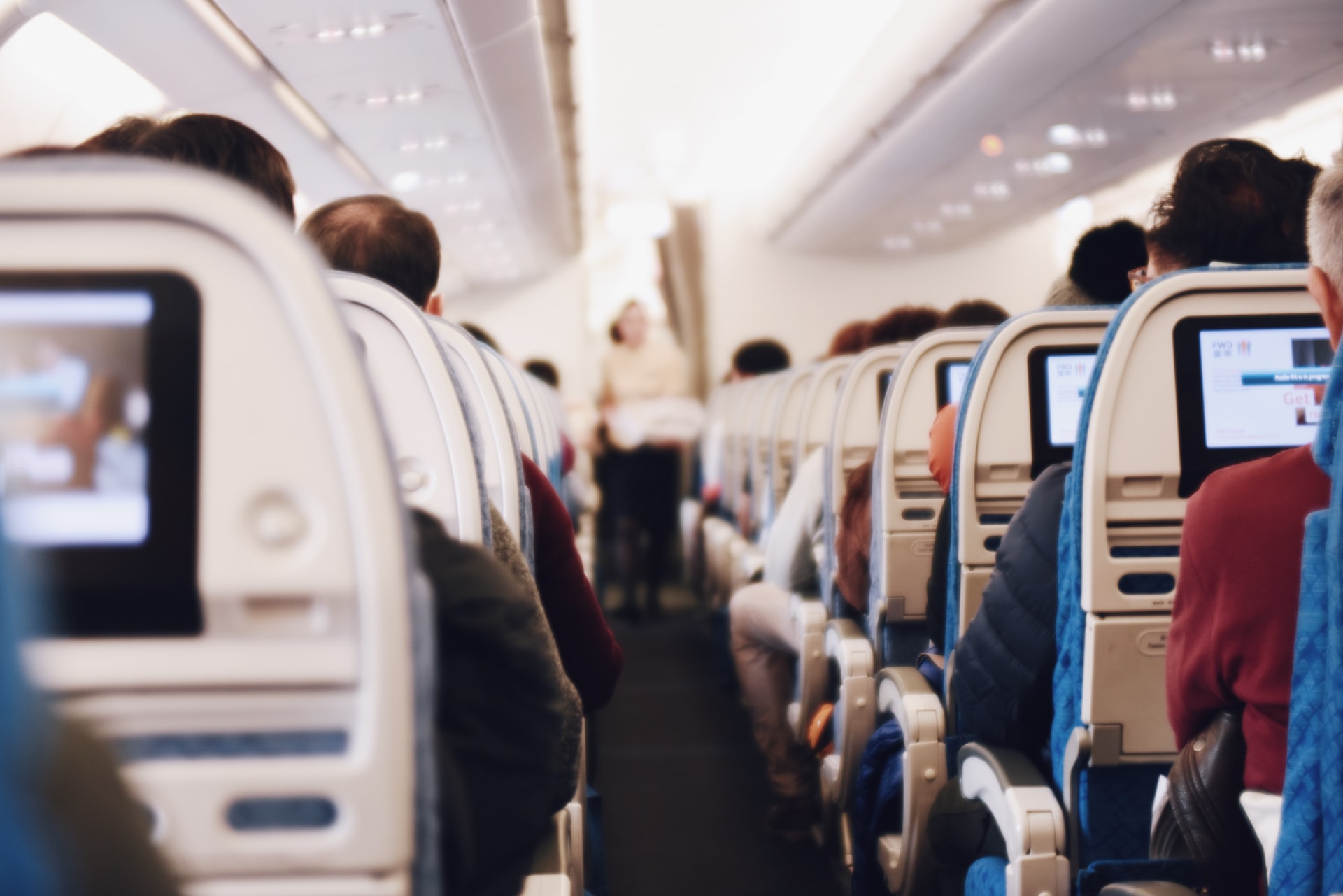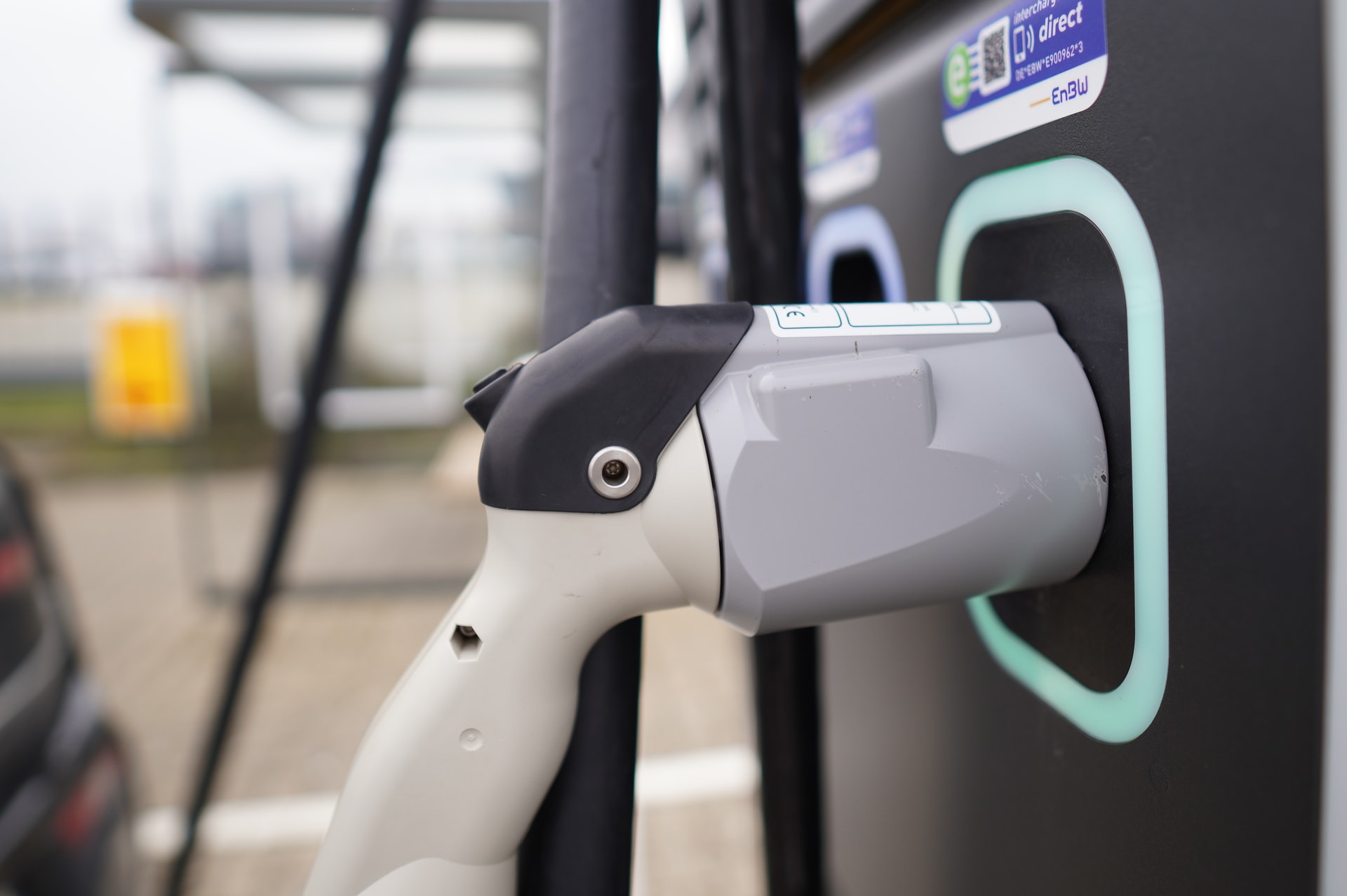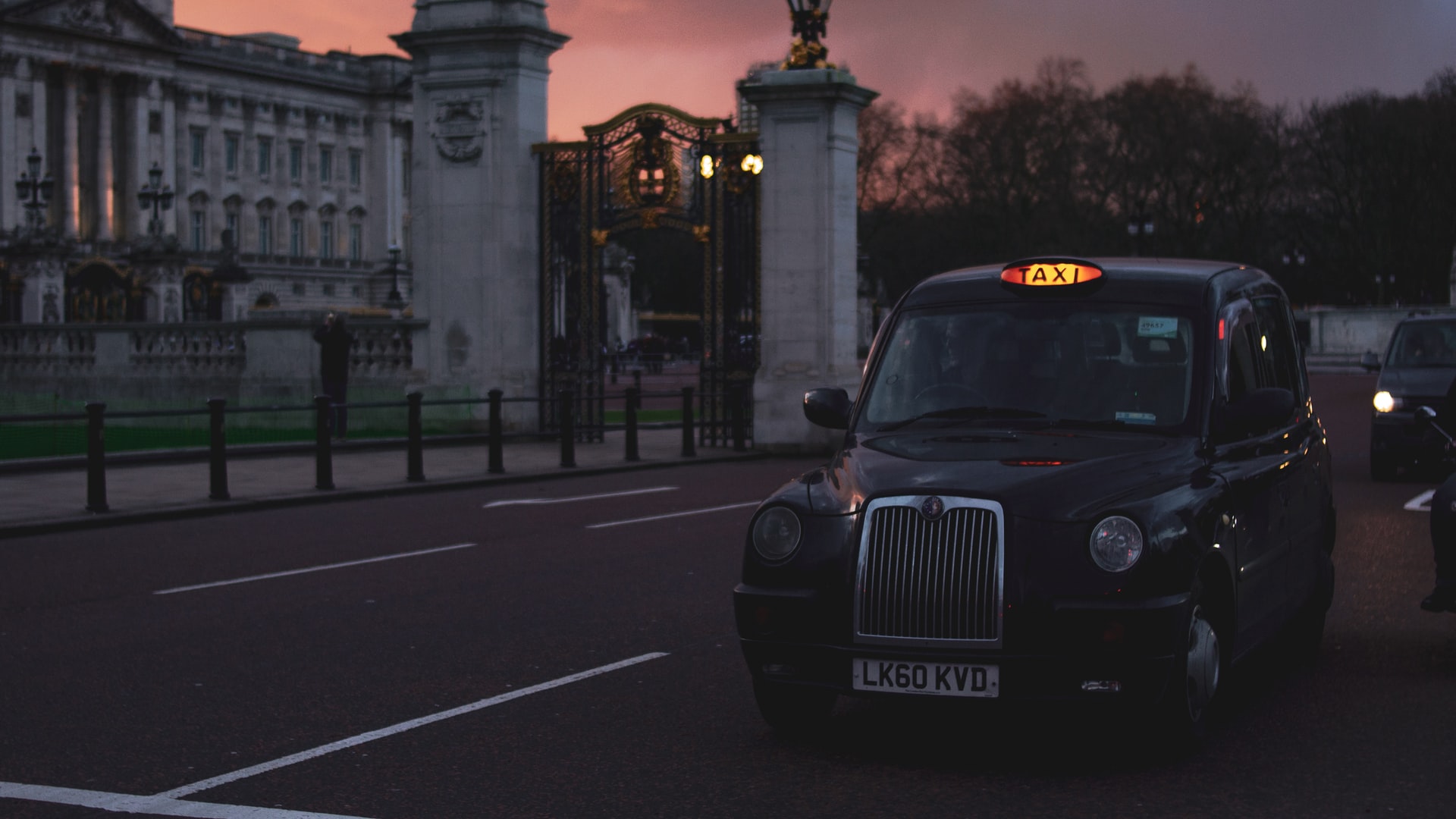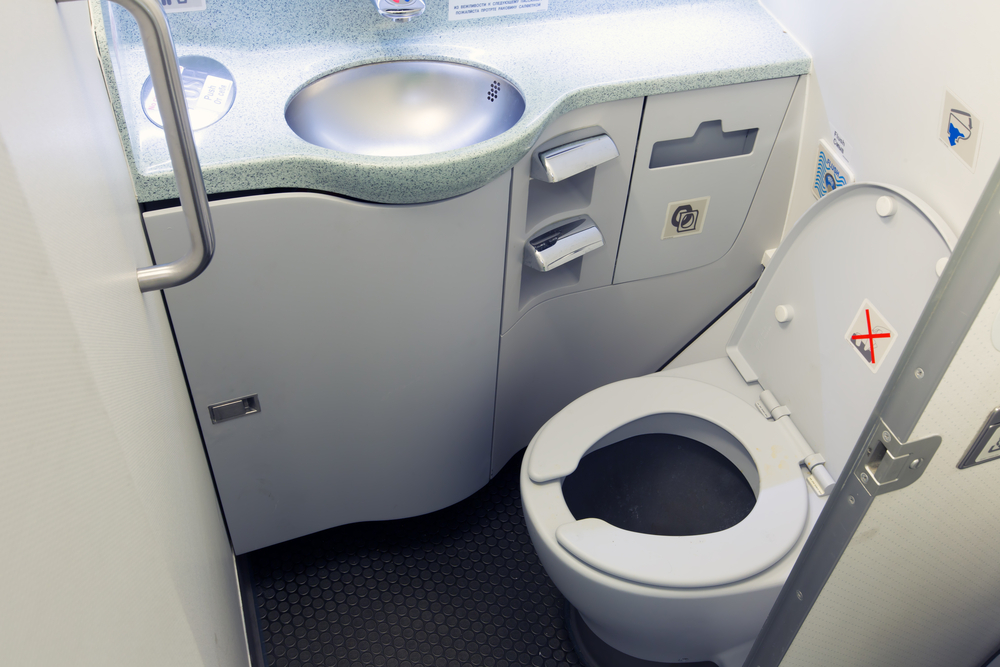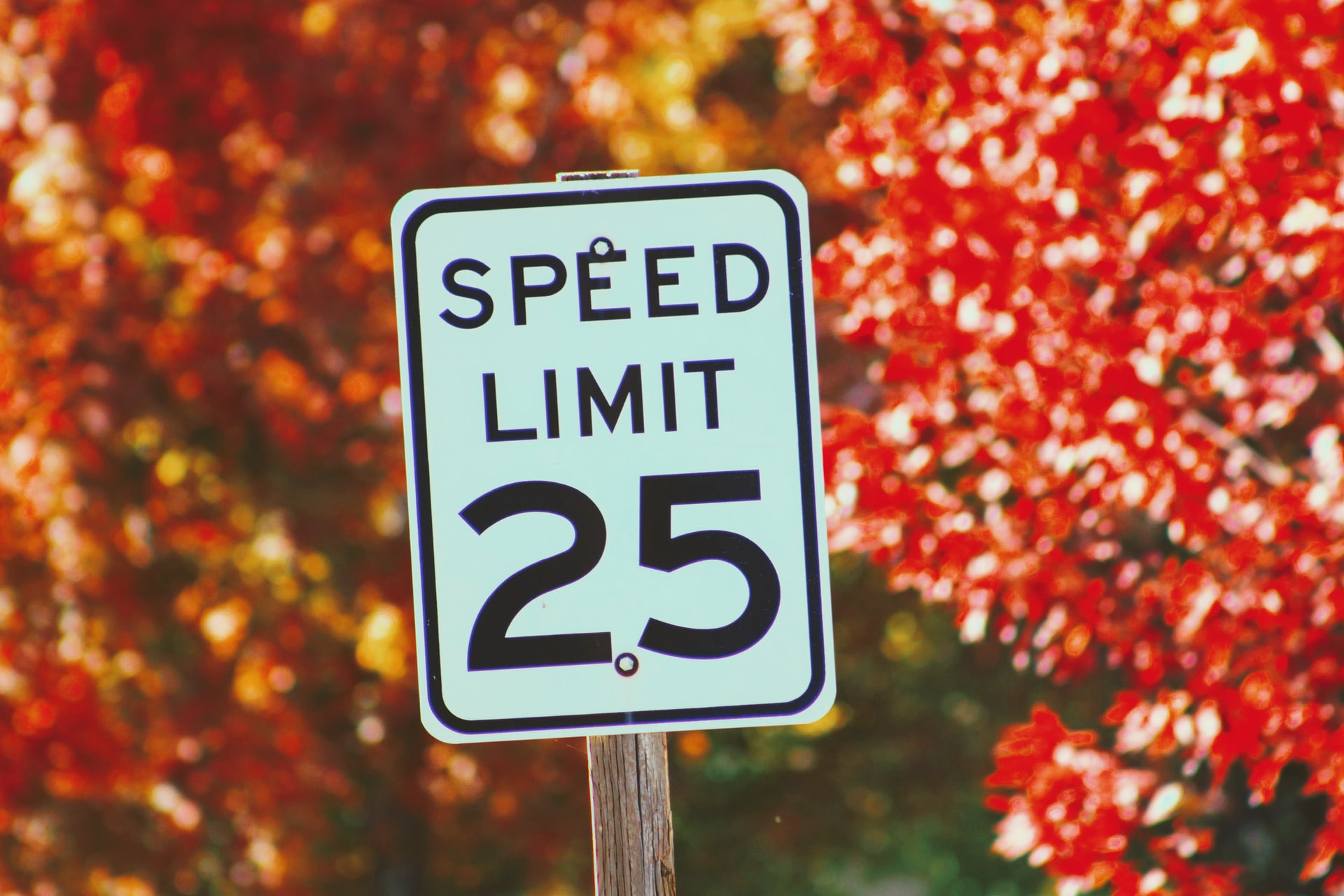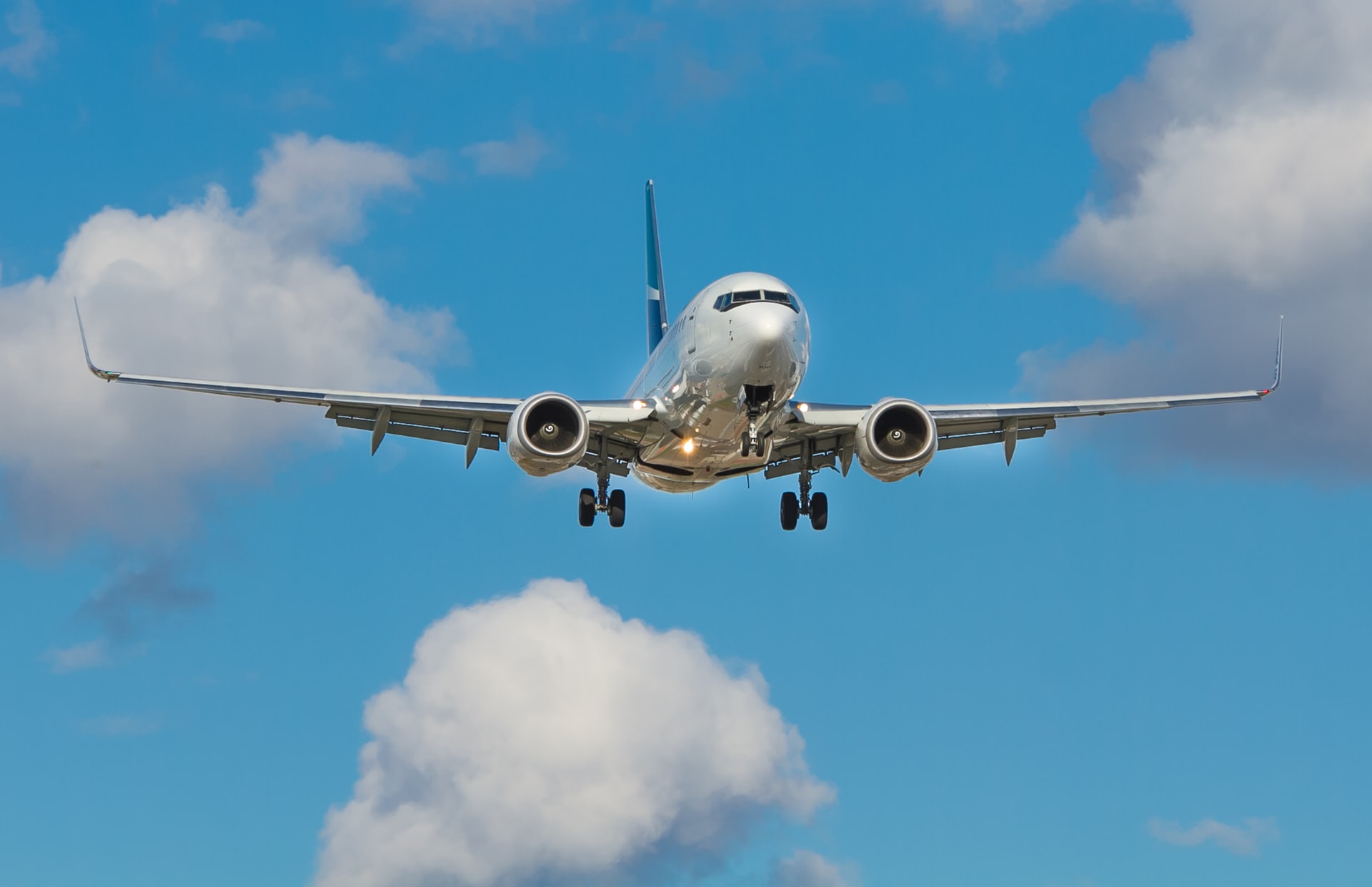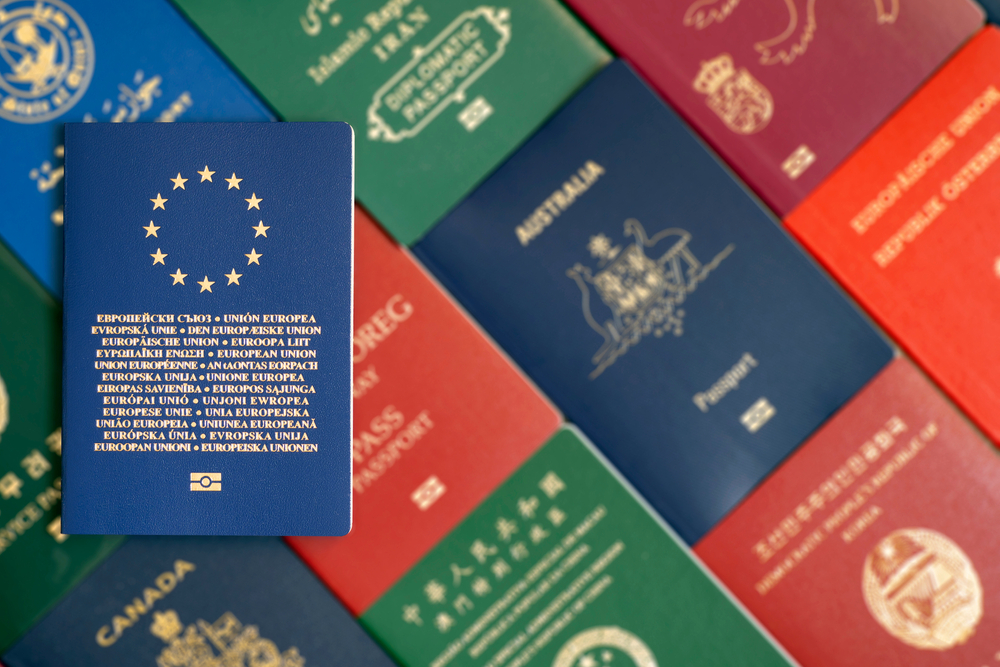Reading Time: < 1 minutes
- The first passenger flight took off in 1908.
- But till early 1920, the now-prevalent pre-flight routines (seatback upright, seatbelt securely fastened, etc.) were non-existent.
- And air travel was considerably risky—in commercial flights, there was a death for every 22,000kms flown.
- At the same time, for the government-owned Air Mail service (inaugurated in 1918), there was a death for every 1.3 million kms flown.
- It turned out that the Air Mail System had a high focus on safety, and that made the difference.
- E.g., it had a 180-point inspection checklist for every flight, pilots were selected after careful medical examination, and engines were checked once for every 100-hours flight.
- The airline industry took notice, and by 1935, the aviation regulator in the US imposed some safety rules on the airlines.
- E.g., the requirement of co-pilots, planes to have multiple engines but the ability to fly on one engine in case of emergency.
- Since then, the safety rules are monitored closely and upgraded as and when required.
- One such upgrade happened in the 1960s when all airlines were asked to include oxygen masks, floating devices, emergency markings, and informing passengers of the closest exits.
- All these changes were a part of a more extensive rule called the 90-seconds rule.
- The 90-seconds rule mandates all airlines using planes with a capacity of 44 people or more to demonstrate the ability to conduct an emergency evacuation in 90 seconds or less.
- And for people to successfully evacuate the plane, their eyes should adjust to the dark that may be caused because of the lights going off during an emergency.
- Research suggests that most accidents happen during landing (48% of the total) and take-off (13%).
- And so, to better prepare the passenger for these comparably high-risk events, the airlines dim the cabin lights during take-offs and landings.
Also Read:
What happens when you flush the airplane toilet?
Why are planes nearly always painted white?
Image courtesy of Wenhao Ryan through Unsplash
Reference shelf :

